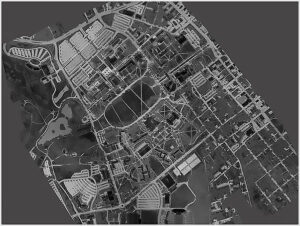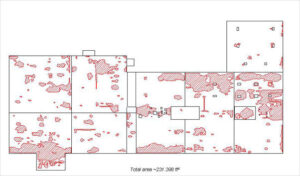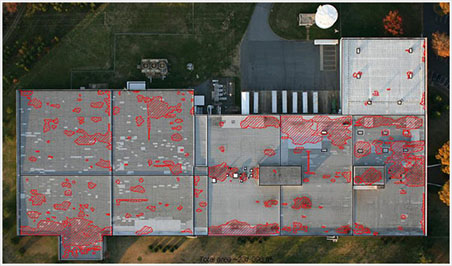Advantages of our Aerial Infrared Services
We make campus maintenance easier through our Thermal Mapping, Roof Moisture, and Liquid Leak aerial infrared services. Accurately and efficiently pinpointing problem areas on your campus could save you hundreds to thousands through preventative maintenance.
Our Reports
Reports are created with high-angle, straight down (NADIR) infrared images. This technique reduces reflections and captures larger areas at once making the imagery easier to analyze and the report less expensive to produce

Our Images
Since images are captured straight-down or ‘plan view’, the report is clear and concise. Reports are also easy to understand due to the reconciliation of infrared images, visual images and AutoCAD® drawings


Our Reputation
We have become the number one infrared imagery company in the country through compiling state-of-the-art high-resolution infrared imagers, digital recording equipment, and techniques that have been refined for years
Our Determination
Our determination to deliver the best product on the market has allowed us to perform numerous infrared thermographic surveys on systems and facilities for universities, cities and industrial clients nationwide
Aerial Services
Thermal Mapping
Detects flaws in underground steam systems and hot/chilled water lines to provide valuable information to maintenance managers regarding the status of these systems.
Roof Moisture Survey
Comprehensive and cost-effective way to accurately detect roof moisture issues before they become a serious problem.
Liquid Leak Survey
Identify sources of pollutants from illicit connections, degraded sewage collector lines, faulty storm water drain discharges and more.
Understanding Aerial Infrared Imagery
Thermal infrared (IR) imagery is imagery that shows heat. It is often in the form of a grayscale picture whose shades of gray indicate the differences in temperature and emissivity of objects in the image. Typically, objects in the image that look lighter are warmer and those that look darker are cooler. Bright white objects are the warmest in the images while black objects are the coolest.
Any object with a temperature above absolute zero ( 0 Kelvin or –273 degrees Celsius) emits infrared radiation. An infrared picture only shows objects which emit infrared wavelengths in the 3000-5000 nanometer range. Objects in visible light wavelengths of 400 to 700 nanometers are detected, but only because they also emit heat. An example of this would be a warm street light that can be seen in the IR imagery.
We record infrared imagery on digital videotape and may later copy it to a VHS videotape and/or a JPEG digital image file. The image may be modified in a number of ways to enhance its value to the end user, such as creating a false-color image or adjusting the brightness and contrast of a grayscale image. The digital images are captured directly to JPEG format and placed on a CD-ROM.


